The corrective elements that Red Bull are preparing for the United States Grand Prix can only be of an aerodynamic nature.
It is simply not possible in the short-time available before the Austin race on October 20th to introduce more fundamental changes to the cooling system or the suspension kinematics, for example. The strong limits imposed by the budget cap also hampers the team.
The over-arching objective pursued by the team once the critical issues with the RB20 had been identified was simply to mitigate them and to allow Max Verstappen and Sergio Perez to regain feeling and confidence in the behaviour of the car.
As was discussed in the first part of this analysis - available to read here - the problems with the car have gradually worsened with concerns around chronic understeer and instability between the front and rear-axles in high speed corners.
From RacingNews365's sources, Red Bull's Austin upgrades will look at revisiting of the front section of the floor to vary the pressure underneath in the initial section of the Venturi channels. This comes after the introduction of the bulged diffuser in Azerbaijan.
It is difficult to imagine how the curvature of the flow diverters and wake-turbulence management could be revised, but these will be the areas that receive the biggest changes.
A revised construction of the front wing is also set to be brought, which will allow the team to exploit the flexibility of the elements like Ferrari did in Singapore, but with the aim of not purely increasing performance.
In theory, the programmed flexibility of the profiles of the front wing will allow great incidences of the flaps, thus providing greater load at low speed and reducing understeer through corners.
These would be logical remedies to specific and limited problems, at least on paper, but those which cannot be seen as solutions capable of completely overturning the behaviour of the RB20.
It is therefore correct to claim that the success of these upgrades will be measured exclusively with the feedback from the drivers, in particular from Verstappen, who will have to rediscover the feeling which usually put him in an exclusive comfort zone with the car, and one which Perez was unable to match.
To defend the dwindling 52-point lead over Lando Norris in the F1 drivers' championship, Verstappen and Red Bull need these upgrades to work.
Viewed by others:
Revised Red Bull floor
The floor will be revised in the front section, especially in the area of the flow diverters, but a crucial change will be the side edge of the floor, to manage the turbulence towards the rear.
New front wing construction
A revised construction including a better controlled flexibility of the assembly is another element of the package that will debut in Austin.
Also interesting:
In a very special episode of the RacingNews365 podcast, lead editor Ian Parkes and Nick Golding are joined by three-time F1 world champion Sir Jackie Stewart. The current F1 season, the sport's safety and Lewis Hamilton joining Ferrari are leading talking points.
If you'd rather watch than listen - the video is available here!
Don't miss out on any of the Formula 1 action thanks to this handy 2026 F1 calendar that can be easily loaded into your smartphone or PC.
Download the calenderMost read
In this article
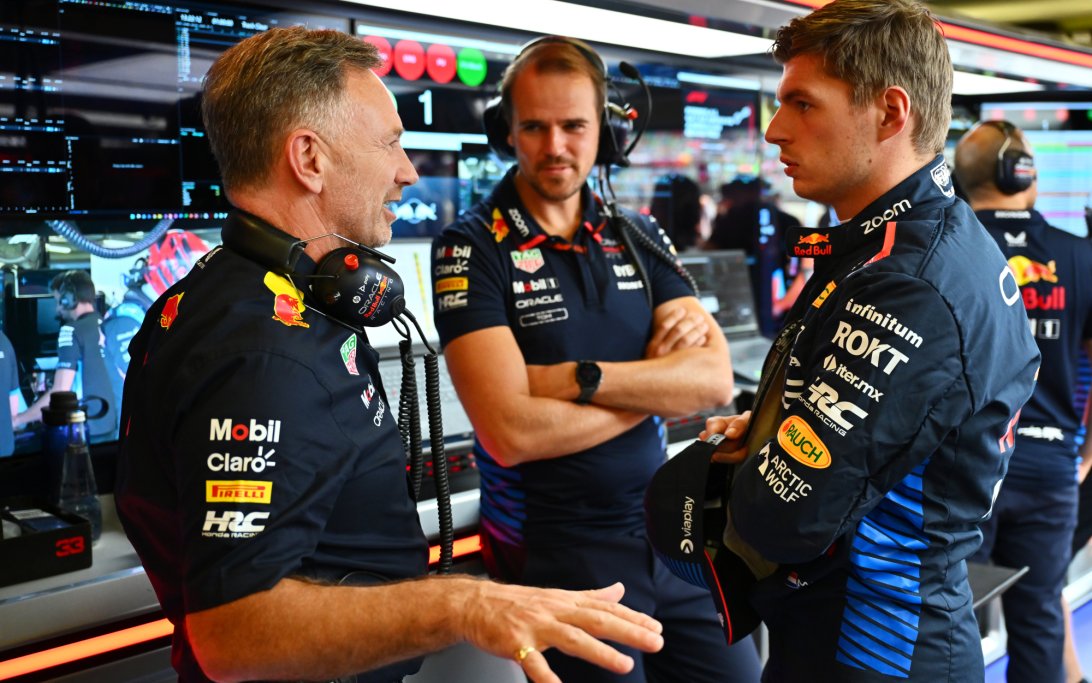

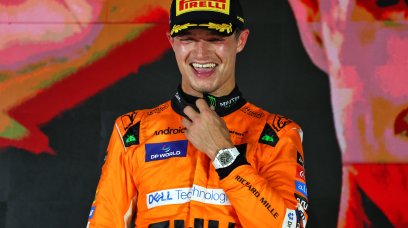
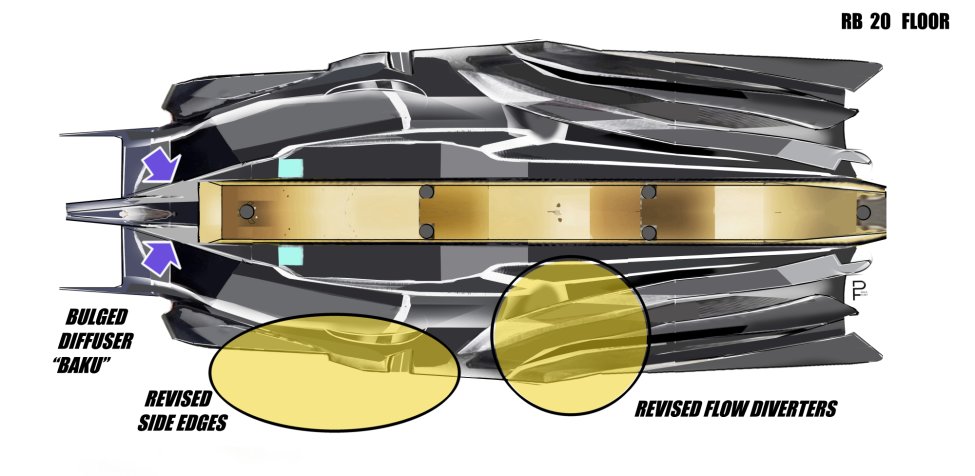
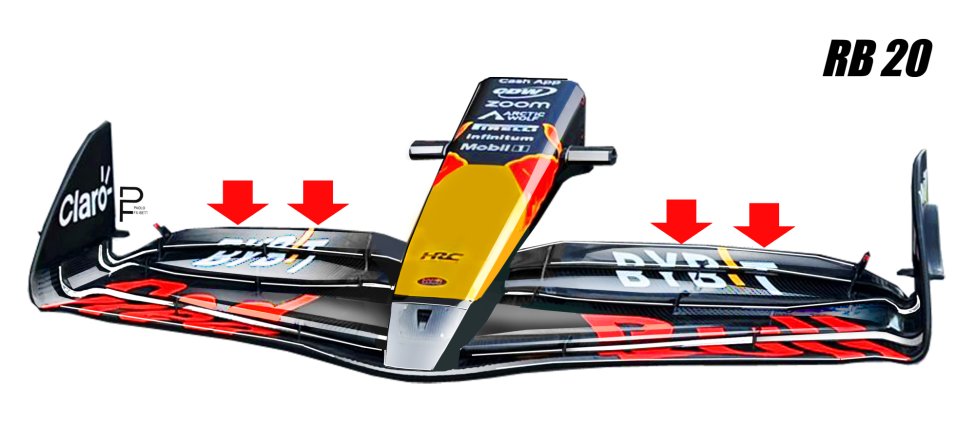


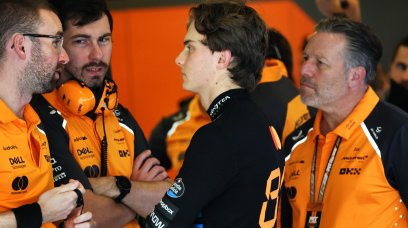
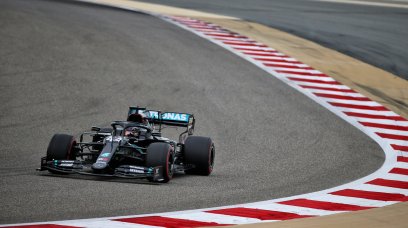


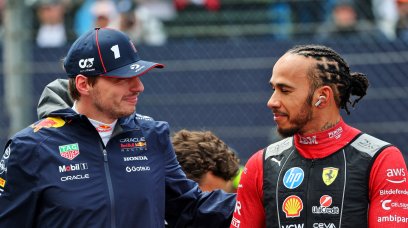

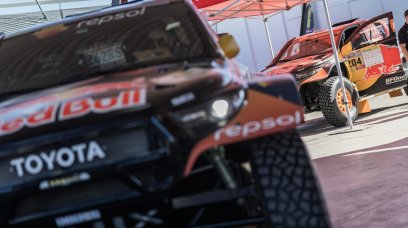
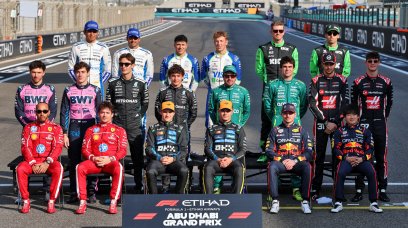
Join the conversation!